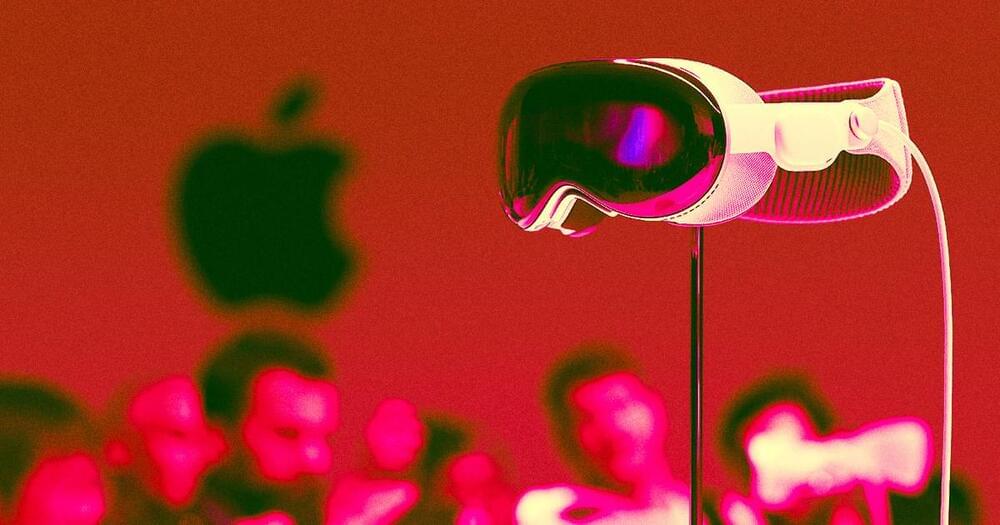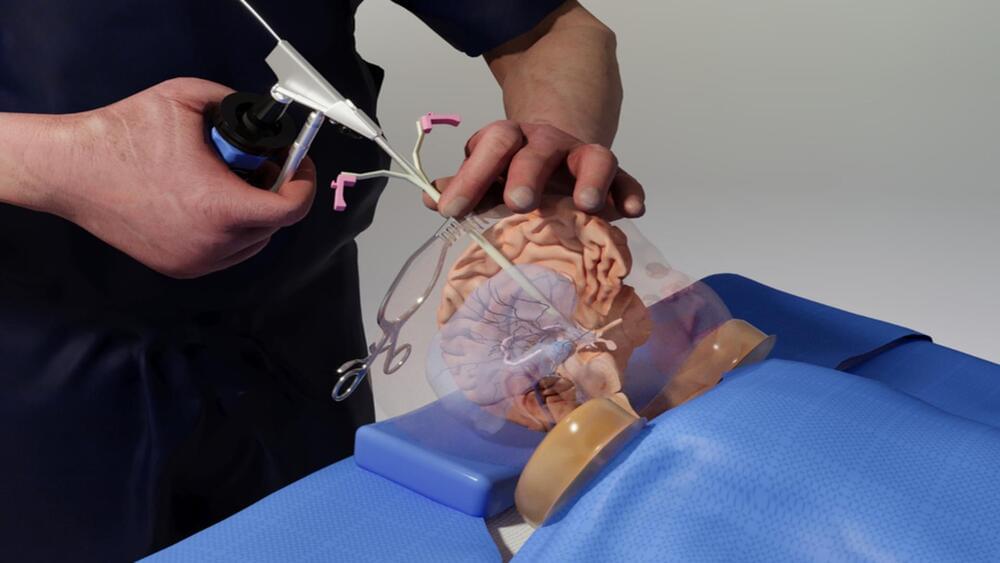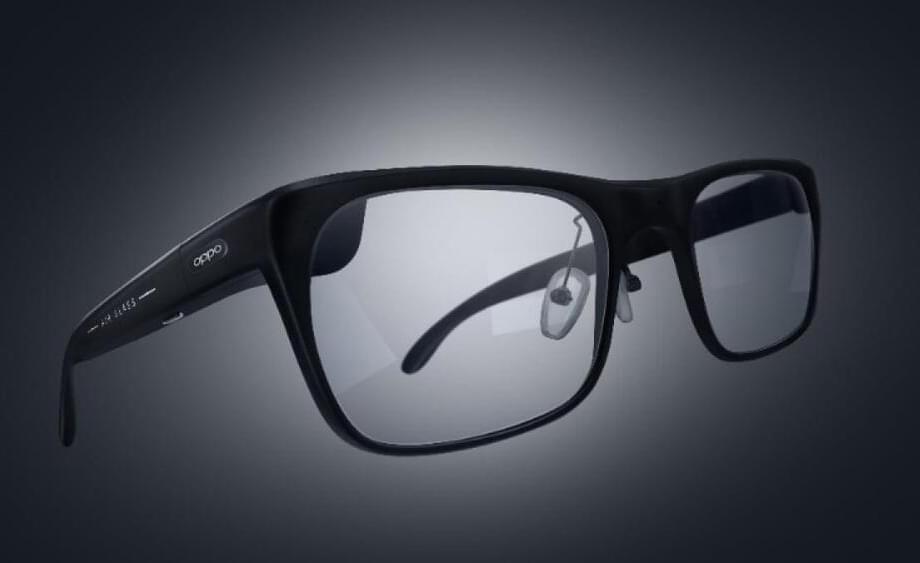Estimation of the mass of all visible matter of thf universe.
Shared with Dropbox.


AR-Smart glasses: 2029. Will look like just a normal pair of sunglasses. All normal smartphone type features. Built in AI systems. Set up for some VR stuff. An built in earbud / mic, for calls, music, talking to Ai, etc… May need a battery pack, we ll see in 2029.
The smart glasses will soon come with a built-in assistant.



A surgery team in the UK successfully utilized the recently-released Apple Vision Pro to assist spinal surgery — a fascinating use case for the augmented reality (AR) headsets that goes far beyond movie-watching, productivity-hacking, or distracted driving.
As Business Insider reports, the expensive “spatial computing” device was used to execute two microspinal procedures at London’s Cromwell Hospital. To be clear, it wasn’t the surgeons themselves who were wearing bunky AR headsets. The device was instead donned by an assisting surgical scrub nurse, who according to a press release used headset-integrated software called eXeX to access things like “surgical setup and the procedural guides from within the sterile field of the operating theatre,” in addition to any needed data or surgical visualizations.
So, in short: coupled with the eXeX software, the headset offered the folks in the operating room hands-free access to documents and other information related to the procedure and its workflow. Pretty cool!

A team of Stanford Medicine doctors and biomedical engineers are among the first to integrate a new augmented reality tool into surgical practice. The technology, Apple Vision Pro, is a headset that provides a form of human-computer interaction — it allows its wearer to navigate their surroundings using real-time visual data in combination with virtual elements.
“The novel use of augmented reality in the operating room exemplifies Stanford Medicine’s mission of serving patients in a digitally driven, human-centered care environment,” said Lloyd Minor, dean of the School of Medicine and vice president of medical affairs at Stanford University. “Our health system has long stood at the vanguard for the use of digital technologies in medicine, and I’m proud that through initiatives like RAISE Health, we also define the safe, responsible and equitable use of these innovations.”
A cardiologist used the technology, with the patient’s informed consent, to successfully perform an ablation procedure this week at Stanford Hospital to treat atrial fibrillation.

The proliferation of wearable devices—from smart watches to AR glasses—necessitates ever-smaller on-board energy solutions that can deliver bursts of power while remaining unobtrusive.
Scientists leverage additive-free 3D printing process to construct exceptionally customizable and high-performing graphene-based micro-supercapacitors tailored for on-chip energy storage.

This definitely is a Lifeboat post embodying what Lifeboat is about, and it’s only about AI. They did a really good job explaining the 10 stages.
This video explores the 10 stages of AI, including God-Like AI. Watch this next video about the Technological Singularity: • Technological Singularity: 15 Ways It…
🎁 5 Free ChatGPT Prompts To Become a Superhuman: https://bit.ly/3Oka9FM
🤖 AI for Business Leaders (Udacity Program): https://bit.ly/3Qjxkmu.
☕ My Patreon: / futurebusinesstech.
➡️ Official Discord Server: / discord.
SOURCES:
• / whats-next-ai-10-stages-igor-van-gemert.
• The Singularity Is Near: When Humans Transcend Biology (Ray Kurzweil): https://amzn.to/3ftOhXI
💡 Future Business Tech explores the future of technology and the world.
Examples of topics I cover include: